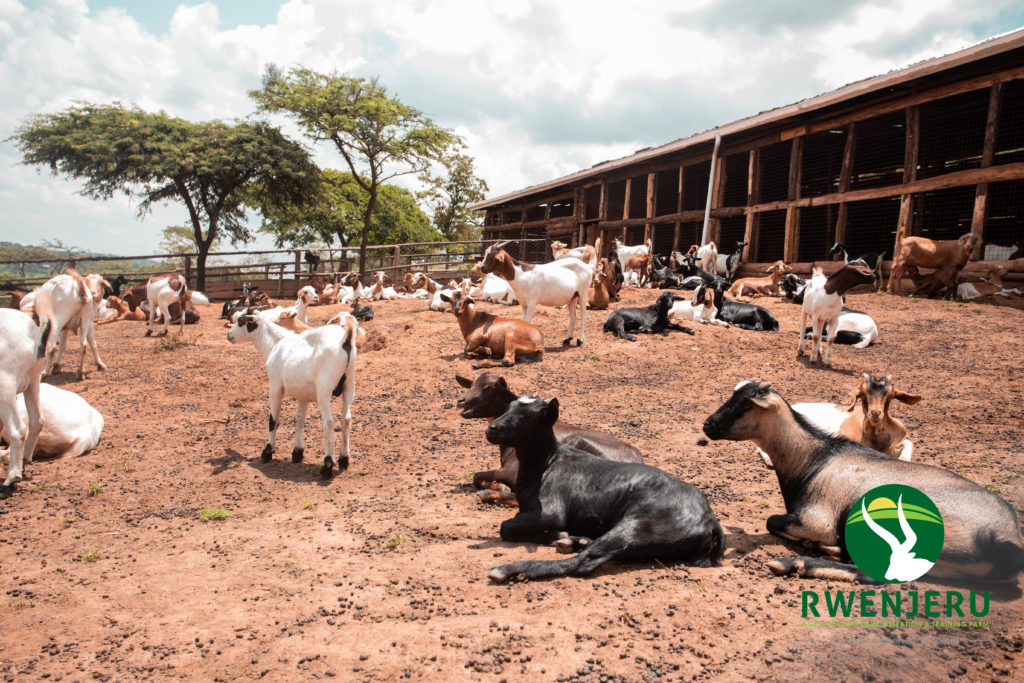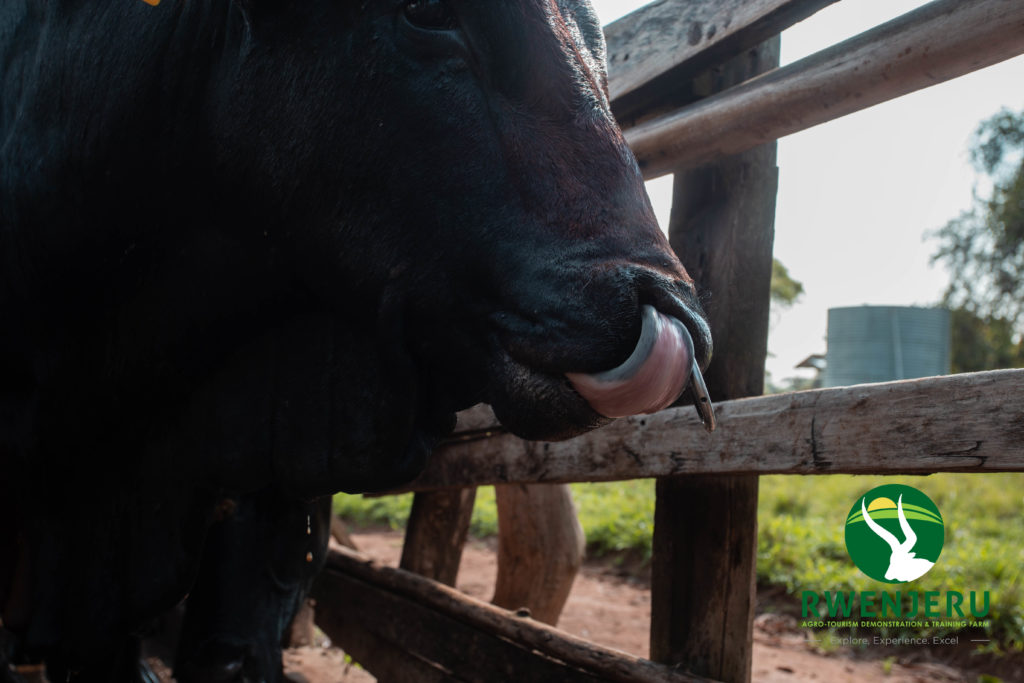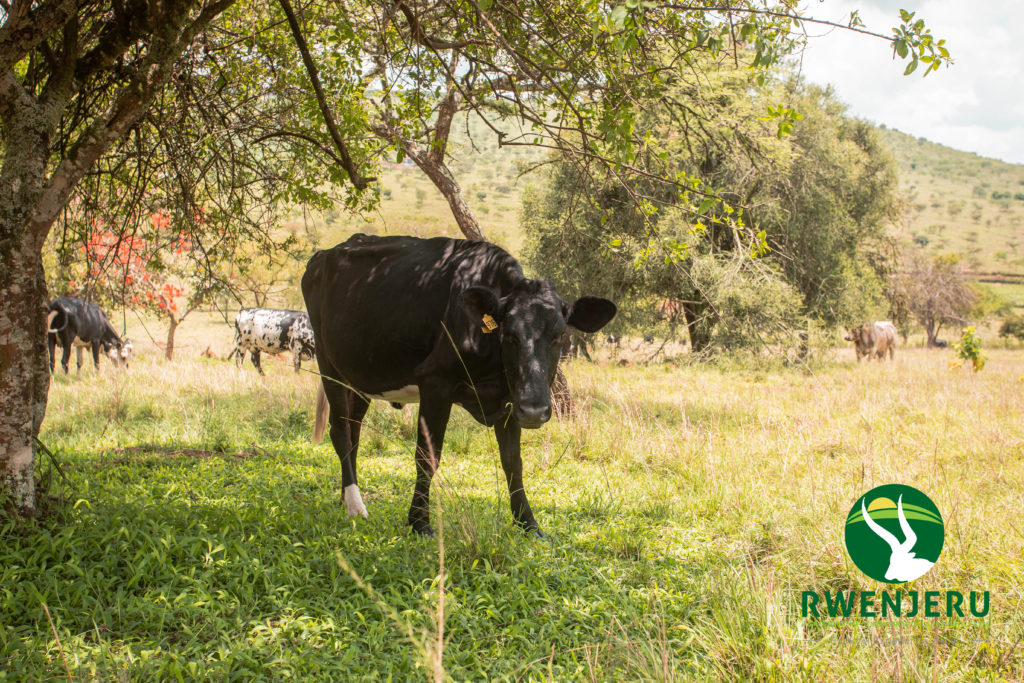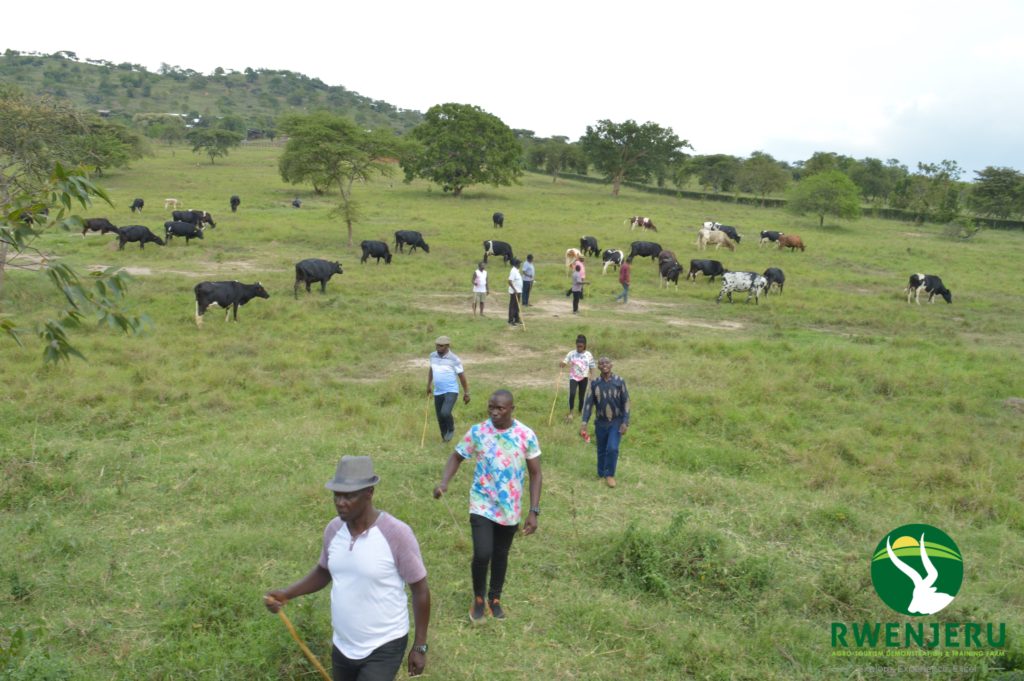Farm and its Origins
Bishanyara and how she started and sustained the farm
Jovans Tumuzare aka Bishanyara arrived at the farm on 21/02/1993.
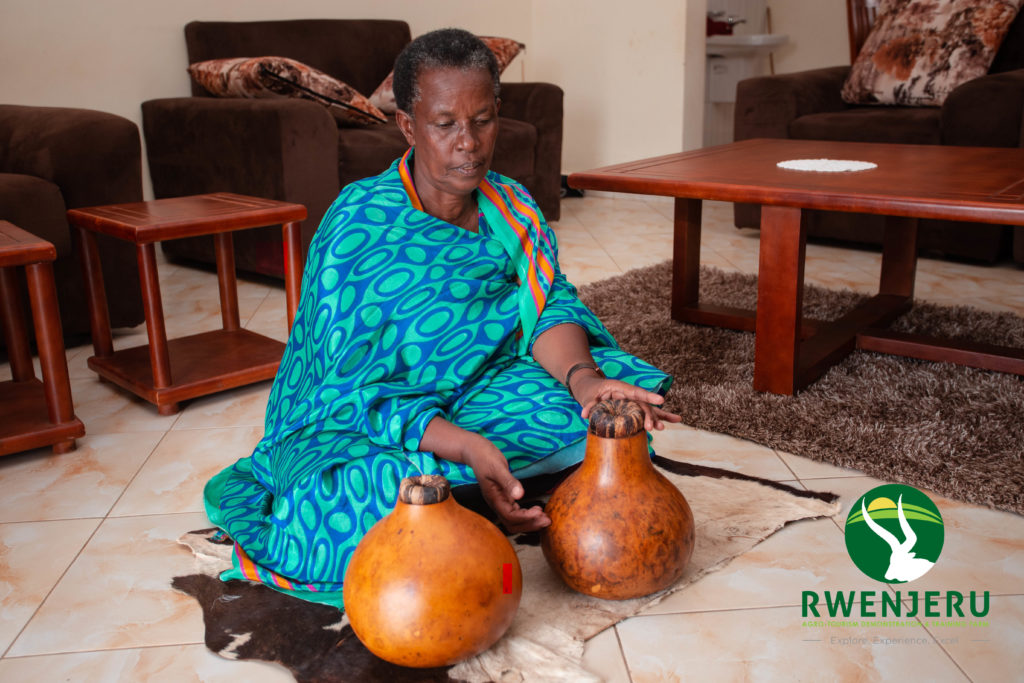
At the time of her arrival, the farm had only 6 cows and a few goats. Despite having room to expand, the farm had not been able to multiply the livestock due to poor methods of cattle rearing. Cattle used to get sick and die without the farm staff taking notice.
Jovans, having grown up in a pastoralist community in Nyabushozi – she could tell when a cow was sick by a mere look. And because of her expertise, gone were the days when cattle got sick and died without attention. The cows thrived on Jovans’ watch and they started to multiply. Soon the cows overwhelmed the space the farm had and they had to sell some of the cattle to buy more land. All this time, the farm did not produce any milk for sale; with Jovans’ skilled methods, the farm – in the year 1998 – produced and sold its first surplus in a 2o-litre jerrycan. She nurtured the cows and steadily increased the milk yield. With this steady increment came the need to have a milk selling point in the nearby urban centre – and up came the Abesigana Milk Dairy. At this time, the farm sold some 200 litres of milk.
As with all things in life, the low points are inevitable; in the year 1999, the region was hit by a long drought and they had to shift the cows to the areas of L. Kakyera where they stayed for about 6 months. Fortunately, only 3 cows died in the wake of the drought. By 2003, the farm had grown to 400 heads of cattle. In the same year; another long drought hit the country and the L. Kachera episode had to be repeated, only this time – there was an outbreak of rinderpest and the government of Uganda instituted a quarantine on cattle. In the attempt to move the cattle to L. Kakyera area, the cows were arrested for violating the quarantine; the authorities ordered her and her assistants to return to the farm. That drought killed about 100 cows. Jovans is grateful that at the time, the farm was dominated by Ankole cattle which are known for their resilience and being disease and pest resistant – she reckons if it had been the exotic breeds unused to the harsh conditions of the time, more cows would have died. Since that time, the farm has not had such hard times. With the introduction of proper water management systems, modern methods of farming; the farm has seen a steady rise to grow into a model farm in the region. It is for this reason that the management of the farm has seen it fit to demonstrate the methods they are using to manage drought situations and cause the steady growth of livestock on the farm to realize sustainable economic returns from the farm.
